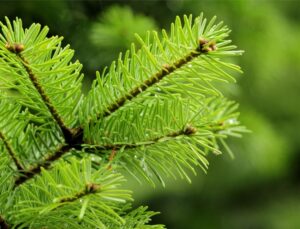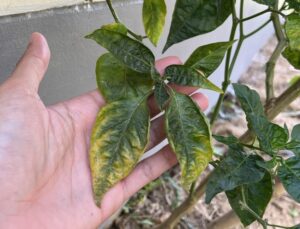Is Your Douglas Fir Dying? Common Problems Facing Portland’s Most Iconic Tree
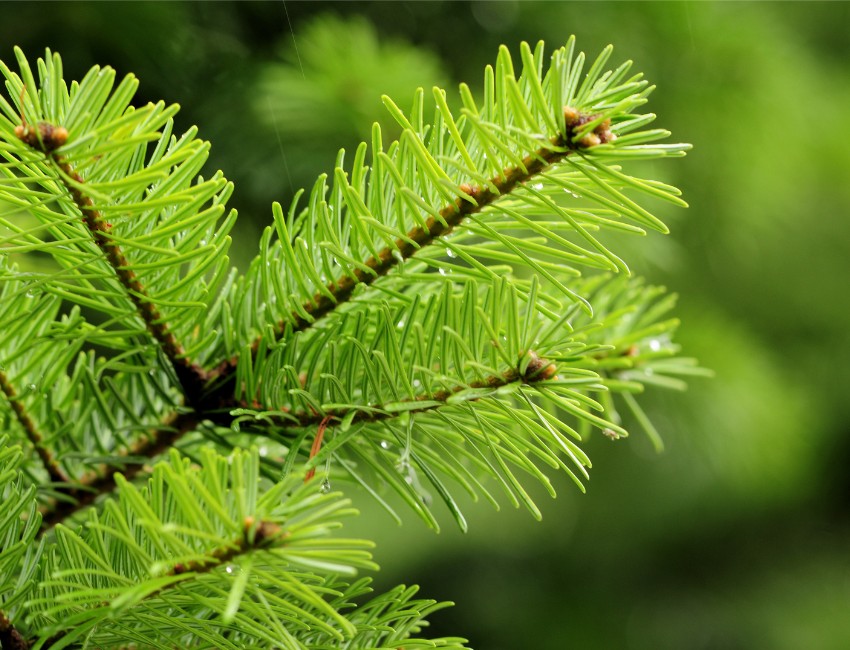
Yellowing or dead needles high in the canopy are often the first visbile signs that a Douglas fir is in trouble. Across Portland and much of southwest Oregon, Douglas firs are showing increasing signs of stress. Drought, heat, and beetle infestations are contributing to widespread die-off, prompting major interventions like the Bureau of Land Management’s Strategic Operations for Safety (SOS) program.
While that focuses on large-scale forest management, homeowners in the Portland area are seeing the effects in their own backyards. Learn what’s threatening Douglas firs, how to spot early symptoms, and what steps you can take to protect these iconic trees.
Key Takeaways
- Douglas firs in Portland face increasing mortality rates due to climate change, shifting weather patterns, and decreased rainfall.
- Several specific threats endanger Douglas firs, including flatheaded fir borer, Swiss needle cast, Douglas fir tussock moth, and Armillaria root disease, all of which can lead to tree decline or death.
- Warning signs of Douglas fir distress include canopy decline (yellowing needles, dead branches, thin foliage), excessive pitch droplets on the trunk, and increased woodpecker activity.
- Homeowners can protect their Douglas firs by watering during droughts, avoiding fertilization during dry periods, preventing soil compaction, and protecting the root zone from damage.
- Professional arborist assessments are crucial when Douglas firs show signs of decline, as early intervention with proper tree preservation techniques offers the best chance of saving these majestic native trees.
The Importance of the Douglas Fir and the Threat They Face
The Douglas fir is an iconic part of the natural character of Portland and much of Oregon. However, the Douglas fir faces dangers from many sources that threaten to cause widespread mortality of this native species.
As climates shift and weather patterns fluctuate, there is a danger that Oregon’s state tree will decline significantly. In fact, Oregon State has been studying this decline, finding that the rate of Douglas firs dying from attacks from insects and diseases has skyrocketed since 2015. Most of the mortality has occurred in the southwestern part of the state, but there is worry that the problem can become more widespread over time.
University researchers have also determined a connection between the amount of precipitation an area gets and the mortality rate of Douglas fir. Areas with lower annual rainfall have a much higher rate of dead Douglas firs.
While many of the trees are in forests and difficult to assist, you can do your part with any Douglas firs on your property. But before you can do anything, you must know what’s attacking them and the signs of danger.
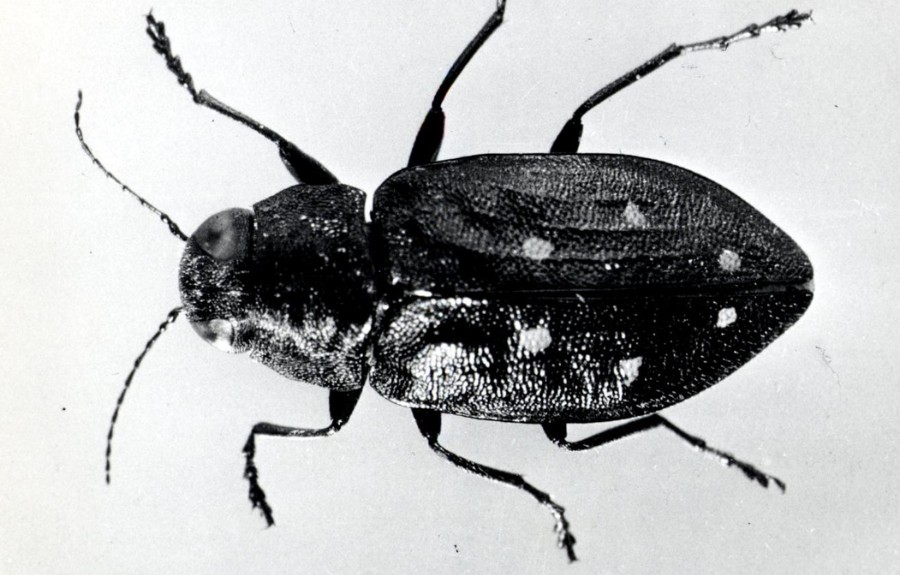
Photo courtesy of R6, State & Private Forestry, Forest Health Protection, Public domain, via Wikimedia Commons
Insects and Diseases Targeting Douglas Firs to Watch For
There are several insects and diseases that are putting our native Douglas firs in jeopardy, including:
- Flatheaded Fir Borer: While this insect is much more aggressive in the southwestern part of Oregon at this time, it still threatens firs across the state. These insects tend to target drought-stressed trees and can quickly kill them without intervention.
- Swiss Needle Cast: This disease causes premature needle drop and leaves your tree with a thin crown. As the disease remains in the tree, it can slow the growth of a Douglas fir and allow other trees to outcompete it.
- Douglas Fir Tussock Moth: This pest feeds on the needles and defoliates Douglas firs. While these insects more commonly attack forest trees, they can also harm landscape specimens.
- Armillaria Root Disease: The most common root disease in the western portion of the United States, this fungal disease is especially damaging to many Douglas firs. The fungus infects and destroys a fir’s cambium and root wood, causing it to suffer severe decline and eventually killing the tree.
How to Tell If Your Douglas Fir Is Declining
With so many potential threats, keeping track of what is putting your Douglas fir in danger can be challenging. However, a few common signs can demonstrate that something is wrong with your trees.
Canopy Decline Can Point to Several Issues
Look up if you want to know something is wrong with your trees. A tree’s canopy will often display noticeable symptoms when an insect or disease is harming your Douglas fir. Some of the signs to look for include:
- Yellow or discolored foliage
- Death of branches or their tips
- Higher than average amount of cones at the top of the tree
- Dead patches in the canopy
- The top of the tree appears dead
- Thinner foliage density than in the past
While these signs point to something wrong with the tree, they are often nonspecific and can leave you with more questions than answers. When you notice something off in the canopy, have an arborist inspect your tree to determine what the exact problem is and what tree preservation techniques could save it.
Pitch Droplets May Indicate Flathead Fir Borer
Pitch droplets can appear where trunk damage is present. Seeing pitch on a tree does not necessarily indicate a problem with your tree. However, if you spot a lot of pitch droplets and notice canopy decline, it may be a sign your Douglas fir is in danger of dying.
High Woodpecker Activity May Indicate Insect Presence in Your Firs
Woodpeckers can detect the insects inside your tree and tend to target infested ones in search of food. If you see a lot of woodpecker activity and they begin to “shave off” the outer bark, it’s likely a sign of flatheaded fir borer presence and possible mortality of the tree.
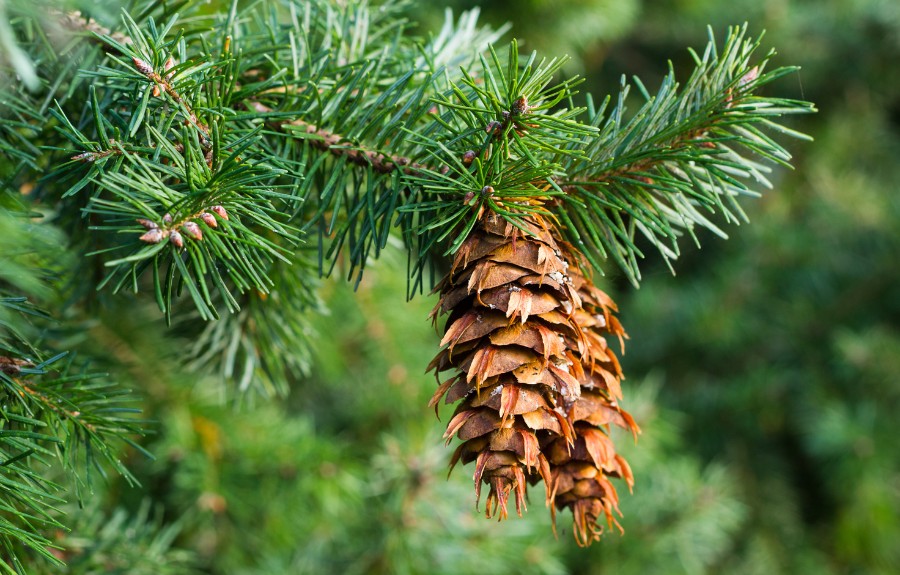
What You Can Do to Help Our Douglas Firs
Despite the growing mortality of Douglas firs in our area, there is still hope for these trees. Many of these actions are easy for homeowners to do themselves and can prevent you from having to remove a tree. Some things we recommend doing for your Douglas firs to keep them healthy and to avoid damage from insects and diseases include:
- Water During a Drought: Watering isn’t just for newly planted trees. Whenever a Douglas fir on your property struggles to get adequate hydration, we recommend setting up irrigation or using a soaker hose to deliver water to the soil slowly. Douglas firs free of drought stress are much less likely to suffer from attacks from insects and diseases.
- Avoid Fertilization During Droughts: While fertilization has many benefits for your trees, it’s not something you should do during a dry period. Trees cannot use the added nutrients from fertilizer without water, and fertilizing during a drought can actually harm the roots.
- Correct Soil Compaction: Vehicles and foot traffic can compact the soil around your Douglas fir. Compacted soil makes it harder for a tree’s roots to expand and find new sources of water.
- Avoid Root Damage: Construction and digging can damage tree roots as the roots expand much farther than you might think. Avoid digging in a tree’s root zone to keep a Douglas fir healthy and resistant to decline.
Frequently Asked Questions About Douglas Firs
Douglas firs are common in the Portland area, and many homeowners have questions about how to care for them. Here are answers to some of the most frequently asked questions we hear.
Should I still plant a new Douglas fir, even with all the threats they face?
Yes, we still recommend planting Douglas firs, as they are an essential part of our ecosystem and a wonderful tree to have. If you plan to grow one, ensure you care for it with proper watering and plant it away from structures for safety.
When should I prune my Douglas fir?
We typically recommend trimming Douglas firs in the winter when they are dormant. Winter pruning allows the tree time to compartmentalize the cuts and recover before pests become active. Be mindful not to over-prune a fir, as it can leave them stressed.
Do Douglas firs lose needles every year?
Yes, Douglas firs will typically go through some needle drop in the fall. However, if you feel they are dropping more needles than normal, it may be a sign to call an arborist and have them inspect your tree.
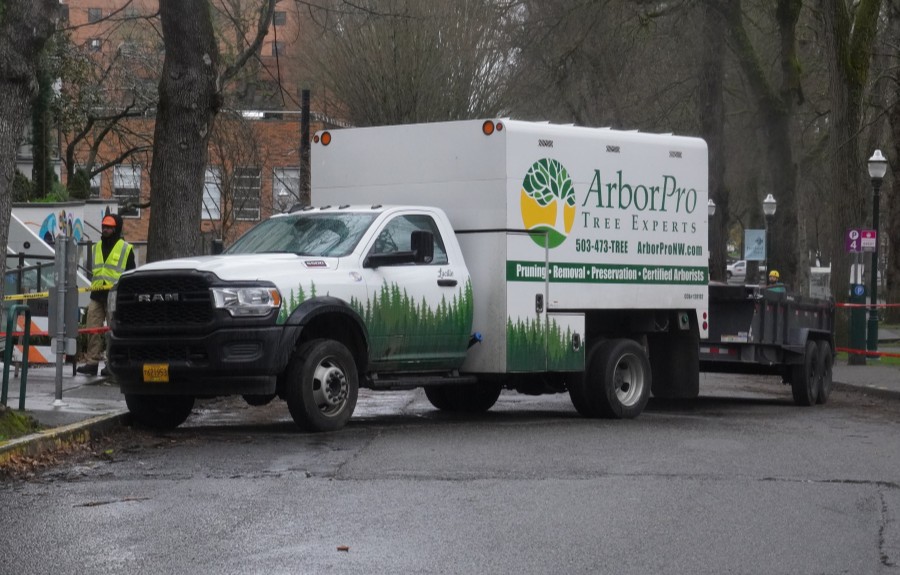
Don’t Let Your Douglas Fir Fail – Get Help from ArborPro
If your Douglas fir has dead branches or isn’t looking quite right, it’s not something to ignore. It could be a sign of something serious, and the sooner you get a professional on-site, the better your chances of saving it. Our ISA Certified Arborists will inspect the tree, identify the problem, and let you know whether it can be treated or needs to be removed.
At ArborPro, we treat every tree like it’s in our own yard. If there’s a way to save your Douglas fir, we’ll find it. Call us at 503-473-8733 or request a quote online.


